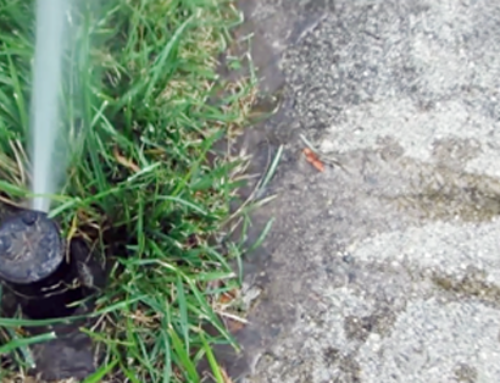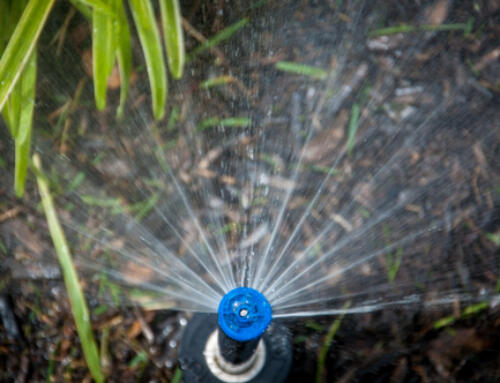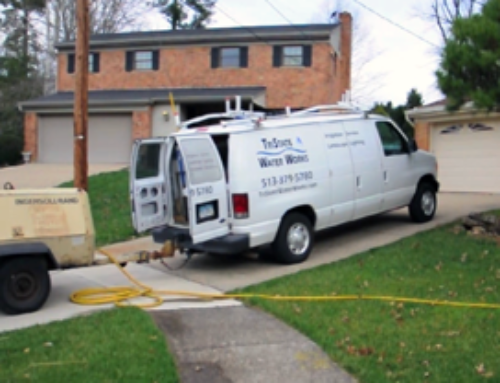The following article list most of the problems with lawn and landscape sprinkler systems that cause excessive use of water or water that is being wasted. Use this article to evaluate your irrigation system and make improvements to improve the efficiency of your system.
System Pressure: Improper pressure at the sprinkler is a big waste of water, sprinklers are designed to operate at a specific pressure the closer your sprinkler is operating at that pressure the better the uniformity of application. What is uniformity of application you ask? That is a great question and I will define uniformity of application as it relates to sprinkler system now because it is one of the key factors in saving water.
Let’s take a look at two illustrations
As you can see in the top illustration the water penetrates the soil in an even pattern to the full depth of the root. Any water that goes deeper than the roots is wasted water and any area that does not penetrate to the full depth of the roots may cause brown spots in the turf or stressed plants in the landscape. So the basis of a uniform application is to apply the irrigation water evenly to the surface being irrigated.
The following are more methods of improving uniformity.
Spacing of sprinklers: Sprinklers should always be positioned so that water from one sprinkler reaches the adjacent sprinkler; this is known as head to head coverage as shown below.
Courtesy of www.irrigationtutorials.com
If your sprinklers do not have head to head coverage you will end up having an area of deficit in the middle of the sprinkler coverage. It is alright to spray over or past an adjacent sprinkler head but having less than head to head coverage will be detrimental and over watering to compensate for this will occur causing more wasted water.
Mixed precipitation rate sprinklers on the same zone: This is a common problem with residential sprinkler system. If you have different type of sprinklers on the same zone or valve you most likely have unmatched precipitation rates. If you have spray sprinklers and rotary sprinklers on the same zone that is an indication you have this problem. You might also have this problem with your rotary sprinklers if they were not nozzled correctly. The nozzling of rotary sprinklers is based on the area of coverage. If a half circle sprinkler is flowing at 2gpm than a full circle sprinkler should be flowing twice as much because it is covering twice the area. So full circle would be 4gpm and quarter circle would be nozzled with a one gpm nozzle.
Improper scheduling: Scheduling of your sprinklers run time determines how much water is applied, how often and at what rate. You can adjust the amount of water applied by increasing or decreasing the length of time your sprinklers operate. How often should you make adjustments to your systems schedule? Most people only adjust their system when they feel the landscape is not receiving enough water, turning it down happens less often. Ideally a monthly schedule adjustment would be great. New weather based irrigation controllers will automatically adjust the run times on a daily basses giving you the greatest water savings. When scheduling how long a cycle should run for any one zone the key is to make sure runoff does not occur during the cycle. If a zone needs to run for 40 minutes it would be best to break it up into two 20 minute cycles with a rest of at least 30 minutes between cycles, this is referred to as cycle and soak in the irrigation trade and it helps to eliminate run off which is wasted water.
Not using rain sensors or moisture sensors: Every sprinkler system should have an operational Rain Sensor. These devices will turn off the system once an adequate amount of rain has fallen and will suspend watering for several days.
Soil moisture sensors determine the level of moisture in the soil at the root zone of the plants and controls how much water is applied to provide the optimum growing conditions for the plants. When using soil moisture sensors, several sensors will need to be placed around the landscape to measure the different hydrozones. A hydrozone is defined by plant water requirements, soil conditions and climatic factors.
Soil Moisture Sensor
Lawn Sprinkler Rain Sensor
Sprinklers not adjusted properly to cover the right areas: Most sprinkler heads go out of adjustment over time; in rotary sprinklers manufacturers call it drift; when sprinkler alignment drifts out of place. It’s an easy adjustment to correct, it’s just inconvenient. Older sprinklers and cheap sprinklers seem to have the worst drift problems, but new sprinklers out of the box are sometimes affected. If it’s a new sprinkler it should be covered under the manufacturer’s warranty. Even fixed spray sprinklers will go out of proper adjustments because of soil settling, tampering from little hands and sometimes for a lack of a good reason, maybe the occasional poltergeist or something. If you look at the picture below you will see water running down the curb; this should be minimized or eliminated. Most of the time this is from improperly adjusted sprinklers. Another problem in this picture is the sprinklers are watering the sidewalk; we never want to water pavement or buildings. If it doesn’t grow, it doesn’t get watered!
Sprinklers should not water pavement!
Broken sprinklers and wiper seals have two effects that cause wasted water. First let me explain what the wiper seal is on a sprinkler. The stem of the sprinkler is the item that pops out of the ground when the water is on in a zone. The stem is surrounded by the wiper seal, its job is to clean the stem, keep debris out of the sprinkler body and to create a seal that keeps the water inside the sprinkler until it exits out of the nozzle. It is designed to flush water out around the stem when the stem pops up and when it retracts. Once the stem is fully extended the wiper seal should prevent any seepage. Sometimes it is very hard to notice a leak at the wiper seal unless you examine every sprinkler as it is operating.
If you have a leaky wiper seal it can cause wasted water in two ways.
1. The water leaking around the wiper seal will be over-watering an area causing puddling, run off, possible erosion and muddy wet spots.
2. It will also affect the performance of the sprinkler and will cause an application uniformity issue (see above for application uniformity issues).
If you have a leaking wiper seal the first thing to do is see if debris is caught in the seal. The best way to remove the debris is to carefully step on the sprinkler stem, moving your foot up and down as it is running to flush out the debris. If this does not fix the problem you will need to replace the sprinkler.
Sunken heads or tilted heads: I’m not sure why this happens, that is what the physics behind this phenomenon is… but it happens all the time in the clay soils of the Midwest. Over time the sprinkler sinks into the ground and a four inch pop up sprinkler becomes a 3 or 2 inch pop up sprinkler. As the head sinks it is more and more difficult for the water leaving the sprinkler to clear obstacles such as turf or landscape plants. All sunken sprinklers should be raised back to grade so that the wiper seal is slightly raised above the grade of the soil.
Tilted heads do not occur naturally; they are a result of poor installation or because of a physical change in their environment. When a car or large lawn-mower runs over or alongside of a sprinkler, that can cause it to tilt. Sometimes it happens when the sprinkler is tampered with as it is operating.
Leaky pipes: Often times you might not even know you have leaking pipes, especially if the leak is in the zone pipe downstream from the control valve. Zone pipe leaks will only leak when that particular zone is turned on. Small leaks might show up as wet areas in the lawn, but that can just as easily be caused by poor application uniformity. These small leaks are virtually impossible to find without digging up the entire pipe in and near the wet area and visually observing for leak detection. A large leak or broken zone pipe will be quite evident and easily fixed.
Main line leaks are easier to detect and to locate because they will leak 24/7 and will make a very large wet area. One of the first ways to ascertain if the leak is in the main line is to run a pressure test on the system. We do this by attaching a pressure gauge to the system, turning off the water and observing to see if the pressure dissipates and at what rate. If the pressure drops, a leak is present somewhere in the mainline pipe. The speed at which the pressure drops indicates the size of the leak; slow pressure drop indicates a small leak and the opposite is true for rapid pressure loss.
Leaky pipes can be an enormous waste of water, cause your water bill to be high and may go unnoticed for a long time. Yearly monitoring of water use can indicate that a pressure check is needed to determine if leaks are present.
Wrong type of sprinkler for the area being watered: Most any type of sprinkler can be used in most situations if you follow proper scheduling constraints. On the other hand there is always an optimum choice of sprinkler type for the area to be watered. First rule when selecting the proper sprinkler equipment for a zone is to use a sprinkler that applies water at a rate the soil can absorb. The rate at which a sprinkler applies water is called the precipitation rate. The precipitation rate is calculated by determining the amount of water applied to a given area over a specific amount of time and is measured in inches of depth. Therefore, an example of a precipitation rate is ¾ inches per hour and that translates as; the area to be irrigated will receive ¾ of an inch of water over the entire area in one sixty minute period of time. The objective then in selecting sprinklers would be to match the sprinkler precipitation rate to the soil intake rate. The intake rate is how fast the soil can absorb water at a rate measured in inches per hour. The adjacent chart indicates the absorption rate of various types of soil.
Another consideration is that the intake rates listed in the chart are representative of a bare soil with level conditions. If you add slope to the equation the intake rate drops lower, if you add cover such as mulch or turf the numbers go up. Conditions like thatch build up in turf can reduce the intake rate.
Speaking in general terms here are the average precipitation rates of the three most popular sprinkler types.
• Sprays apply water at 1.5 inches per hour
• Single stream rotors apply water at 0.5 inches per hour
• Multi stream rotators apply water at 0.4 inches per hour.
These are averages and the precipitation rate can be altered by changing sprinkler spacing, nozzles or pressure. I did not include drip in the mix because there are so many variables in drip. The precipitation rate of drip is dependent on how it is designed. Drip can be designed to give precipitation rate in excess of 1.5 inches per hour if needed. The important thing to remember is to try and apply water approximately at the same rate as soil absorption. With that in mind, spray sprinklers should be limited and rotors should be used more often.
Another method of overcoming disparities in sprinkler precipitation rates and soil intake rates is to use a method of watering called “Cycle and Soak”. This is where we take the total run time for a zone, for a particular day and break it into smaller time periods. An example would be that I have a spray sprinkler zone that needs to run for 18 minutes today, instead of running for 18 uninterrupted minutes we cycle it for 6 minutes let it soak for 30 minutes, cycle for another 6 minutes, soak for 30 minutes and cycle for a final 6 minutes. To make efficient use of time we cycle other zones while this zone is soaking. This method of watering is set up in the controller so that it can be automated.
Obstructions: Entities that disrupt the water pattern from the sprinkler are called obstructions. Common items that become obstructions are swing sets, signage, mail boxes, overgrown plants and telephone poles. To overcome obstruction the positioning of sprinkler heads need to be changed and often times another one or two sprinklers may need to be added. Sprinkler heads should be placed so that the obstruction is centered between opposing sprinklers
Steep slopes: Slopes should be addressed by using low precipitation rate sprinklers and using Cycle and Soak methods of watering. See “Wrong type of sprinkler for the area being watered” section of this document for steps to follow for Cycle and Soak.
Compacted soils: Soil compaction reduces the intake rate of the soil and creates an environment where run off and puddling is more prevalent. Core aeration of the turf areas on an annual basis will help to prevent or alleviate this situation. When aerating it is best to use a core aerator that removes a plug of soil or to use a deep tine aerator which fractures the soil profile to depths of six inches or more.
Thatch: The dead stems of some turf grass species build up an impermeable layer we call thatch. If the thatch is not managed properly the irrigation water will run off of the surface of the thatch just as it would a thatched roof building. Thatch can be managed by proper fertilization and regular core aeration.
Exercise: This spring, take this list of items and see how your system checks out in regards to these issues. Start correcting as many of the problems as you can and you will see a savings in your water bill. Next time we will discuss which of the improvements will give you the greatest return on your investment.

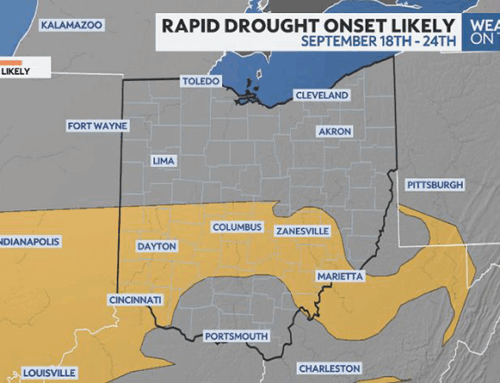
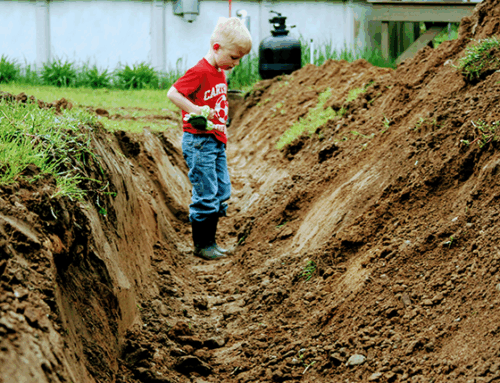

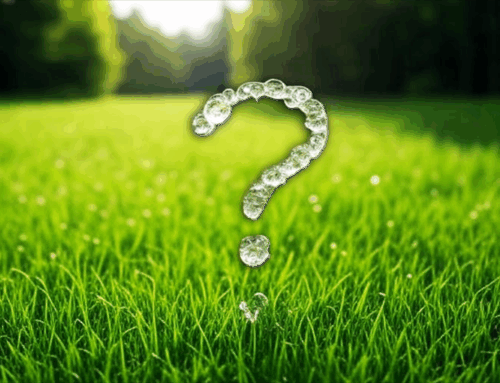
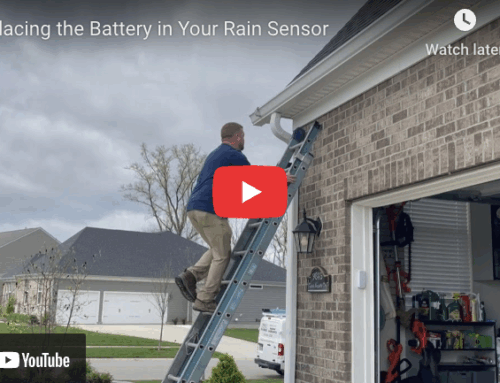
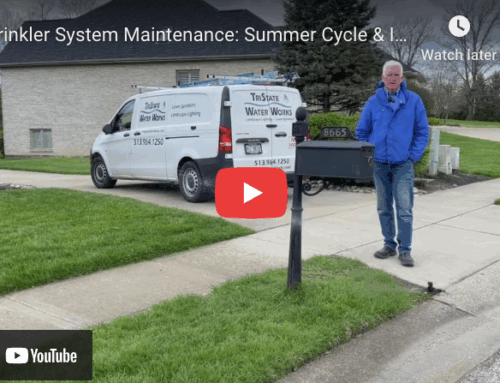

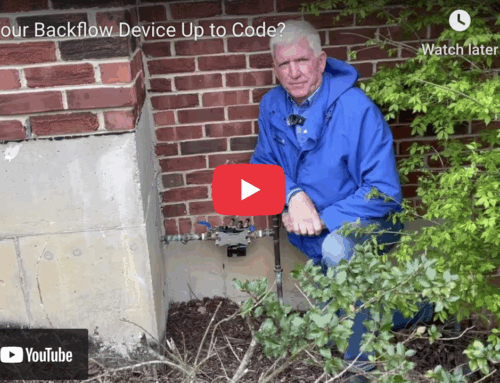
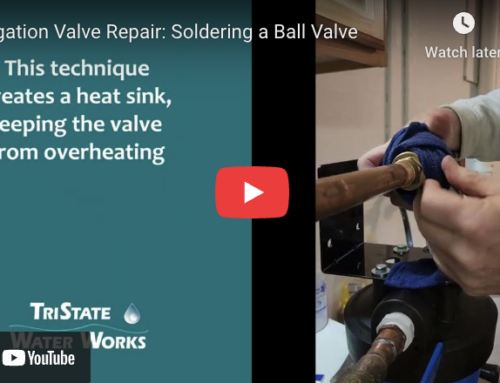
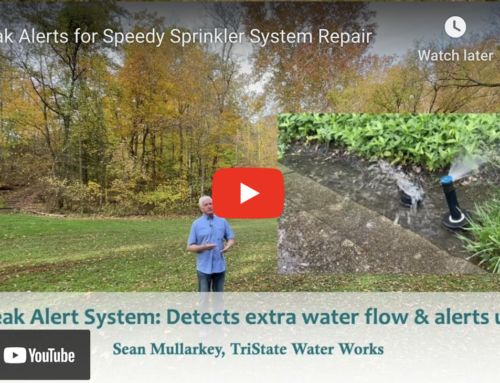



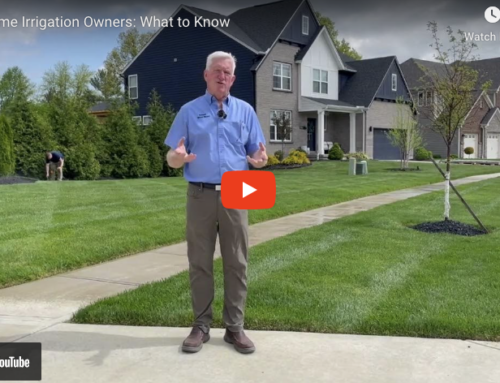
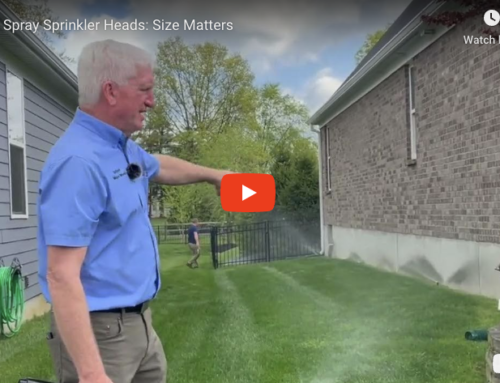
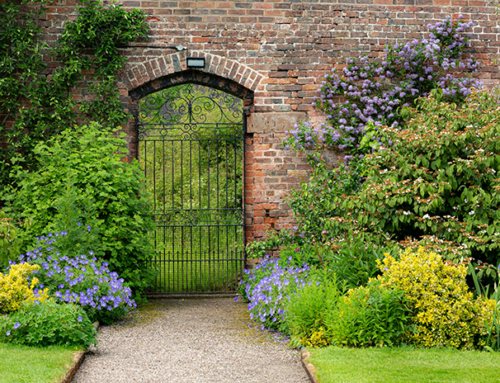
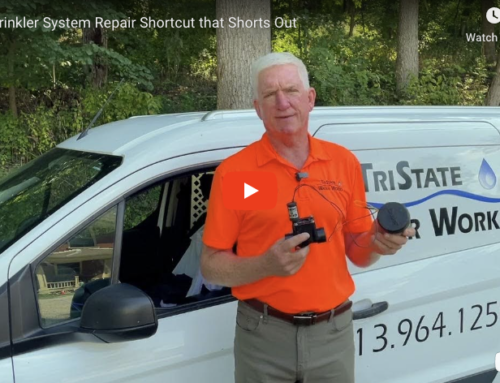
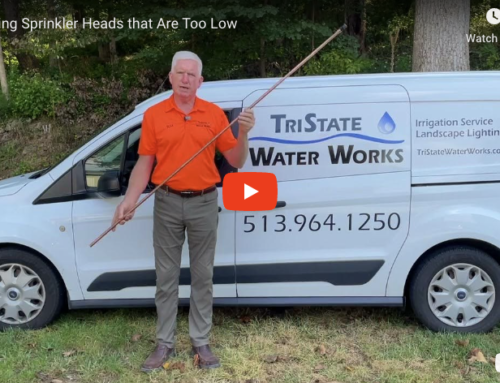
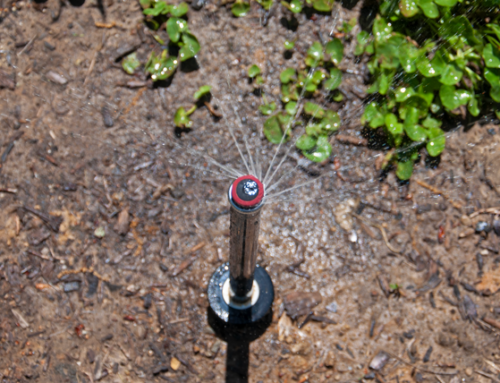

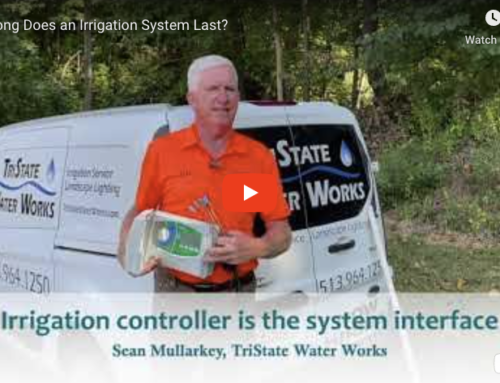
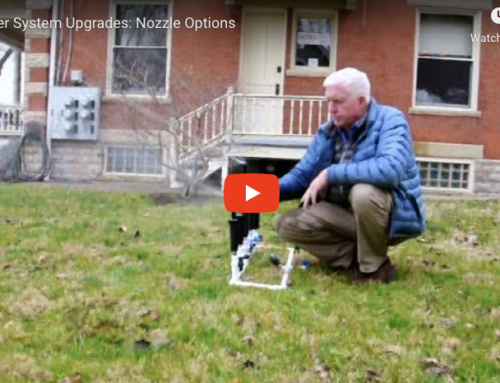
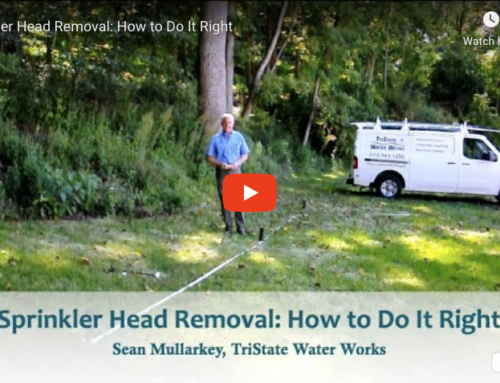
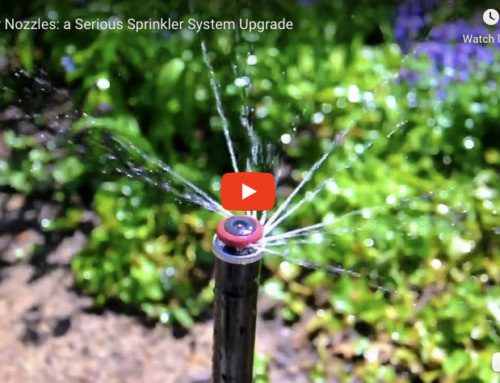


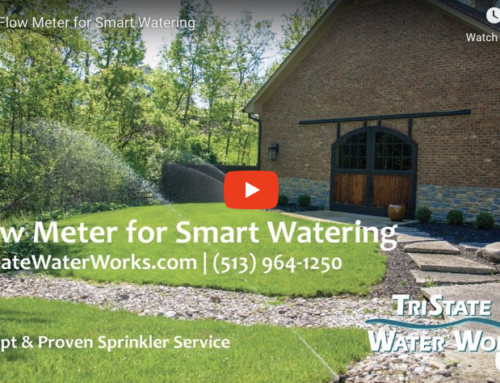
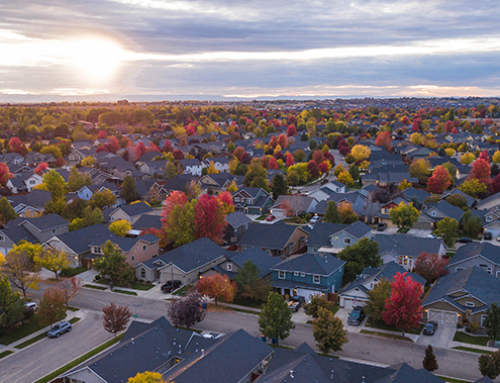
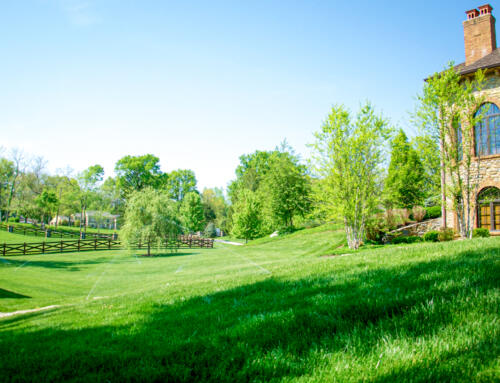
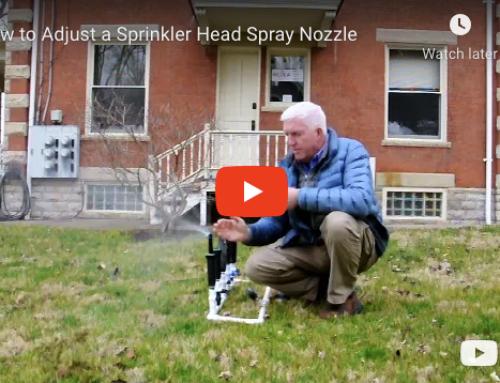

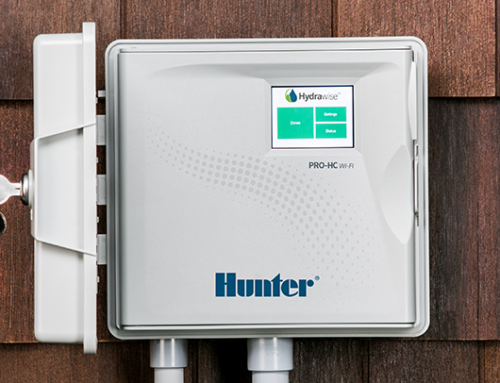
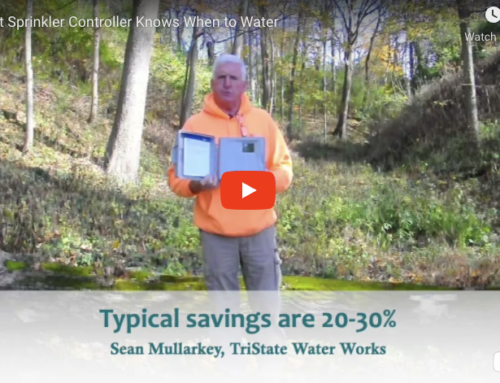
![[VIDEO] Irrigation System Parts We Recommend](https://www.tristatewaterworks.com/wp-content/uploads/Screen-Shot-2021-10-04-at-1.04.31-PM-500x383.png)
